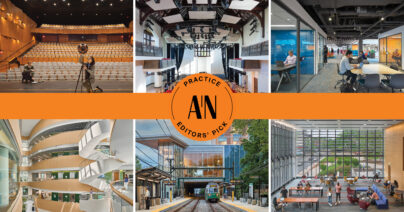 News
News
Acentech wins AN Best of Practice Award
Acentech is honored to be awarded an Editors’ Pick in The Architect’s Newspaper 2025 Best of Practice Awards in the Acoustic Consultant/Engineer category! This recognition highlights…
Our acoustics simulation and rendering technology, 3DListening® (3DL) can play an important role in the design process, helping to develop designs, shape key spaces, and give a project team’s designers, building owners, and users the opportunity to listen together and quickly reach decisions about acoustically significant design features.
3DListening® auralizations are highly interactive, and available to experience both in-person or remotely:
Watch the video below to see how Acentech has used 3DL simulations for museums, business schools, performing arts centers, swimming pools, university libraries, corporate headquarters, and research projects.
Building on decades of research and supported by robust engineering, 3DL is an immersive three-dimensional acoustics simulation and rendering that can demonstrate the effects of acoustical designs for a space that is yet to be built. Acentech’s 3DL simulations are both accurate and believable, so you can forget about the technology and simply listen to your space in a typical use scenario. A 3DL model can help your team with:
Software tools used to create these sound simulations may include: